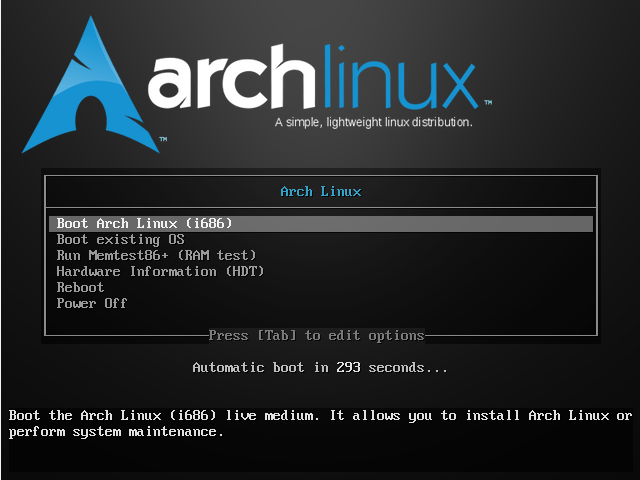Prerequisites
- A Vultr server running up to date Arch Linux (see this article.)
- Sudo access.
- Commands required to be ran as root are prefixed by
#. The recommended way to run commands as root is to, as a regular user, prefix each of them withsudo.
- Commands required to be ran as root are prefixed by
- Have a text editor installed, and be familiar with it, such as vi, vim, nano, emacs, or another similar editor
Install Nginx 1.14 Web Server
If you are using a firewall, you will need to enable incoming TCP traffic to port 80.
Install Nginx. There’s also the nginx package which is the stable branch instead of mainline, which is sort of like a long term support branch. It’s recommended to use the mainline branch, unless third party modules you need to use are incompatible with it:
# pacman -S nginx-mainline
Start Nginx, and make it start after every boot:
# systemctl enable --now nginx
Test that Nginx is running. Visit http://YOUR-SERVER-WEB-ADDRESS-OR-IP, and you will see its welcome page. (Run ip addr if you need to know find the IP address.)
Nginx’s configuration files are in /etc/nginx, and its main one is nginx.conf. The line server.location.root /usr/share/nginx/html; sets where it will look for web files. By default, the main Nginx process runs as root, but its worker processes run as user http. Nginx will be logged to /var/log/nginx/access.log.
Virtual Hosts
You can host multiple domain names from the same Nginx server, and serve them different content.
Create a folder to hold your virtual host configurations:
# mkdir /etc/nginx/sites-enabled
Create a configuration file for each virtual host; for example, /etc/nginx/sites-enabled/YOUR-DOMAIN-NAME.com; and populate it with the following configuration:
server {
listen 80;
server_name YOUR-DOMAIN-NAME.com;
location / {
root /usr/share/nginx/YOUR-DOMAIN-NAME.com;
index index.html index.htm;
}
}
At the end of the http block in /etc/nginx/nginx.conf, add the following line:
include sites-enabled/*;
Restart Nginx:
# systemctl restart nginx
Requests Nginx receives to YOUR-DOMAIN-NAME.com will be served out of /usr/share/nginx/YOUR-DOMAIN-NAME.com. Note requests to Nginx not matching a specific server_name, (just the IP address, or another domain name resolving to your IP), will still be served out of the general server block location.root in /etc/nginx/nginx.conf, which defaults to /usr/share/nginx/html/.
Want to contribute?
You could earn up to $300 by adding new articles
Suggest an update
Request an article


